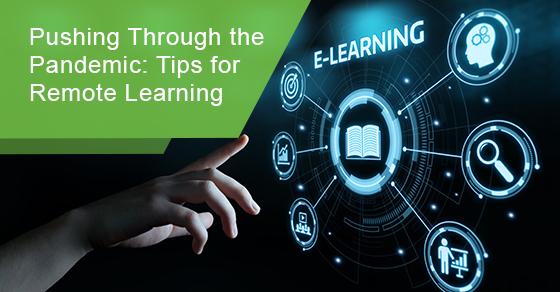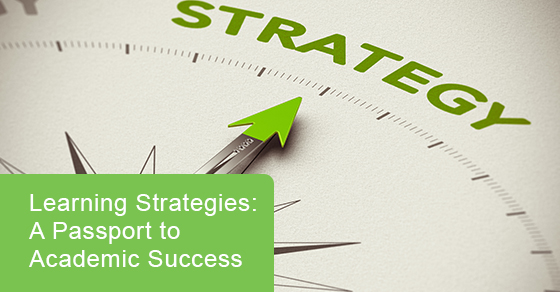|
Getting your Trinity Audio player ready...
|
Everyone, no matter who they are, needs and deserves breaks. There is nothing wrong with that. In fact, it shows emotional intelligence to understand you need a break.
That tipping point varies by person. One individual might need a break every hour, another every ten minutes. However, the same two people might think they deserve breaks at vastly different times. Person A might check their phone on a whim every so often, while Person B forces themselves to stare at a document until an hour has gone by, regardless of output. Person A might be undercutting their productivity out of anxiety, boredom, or a lack of structured work time , while Person B is, through self-imposed torture and rigidity, barreling toward burnout. Person B is working harder, not smarter.
School is a marathon, not a sprint. Perfectionists and chronic procrastinators underestimate their own needs, often expending all their energy at the beginning of the school year, jettisoning the fuel needed for a semester’s worth of work. Honest self-talk and communication with family and peers, combined with realistic expectations, is essential to determine the ideal personal work schedule. And whenever you or someone you know needs a break, it is important to make the most of it. Evoke’s practitioners can help.
Not all breaks have to be substantial commitments, but they should be restorative. Shutting your eyes and slowly counting to ten might be enough of a switch. Or lying down to watch a ceiling fan. Or listening to content creators that cause autonomous sensory meridian response (ASMR)—that tingling sensation that starts at the top of your head and travels down your neck and spine—or to Lo-Fi. Meditation works for some people, provided they are comfortable with sitting or lying still while conscious. Meditation can be thought of as letting thoughts unfurl until your mind is still (easier said than done) but with significant cognitive benefits (Kaplan, 2001; Slagter et al., 2007; Tang et al., 2007, as cited in Berman, Jonides and Kaplan, 2009). Some people might need to do something more active, like going for a walk or cooking. Whatever that break looks like, call it what it is, and get back to work afterward.
An ineffective break would be something from which you feel the need to recharge. Video games are a common example. Gamers, depending on their mood, can be either mechanically introverted or extroverted. Introverted games promote relaxation or enjoyment through more story-centric or turn-based gameplay, while extroverted games do the same with action-packed moment-to-moment gameplay with the player in direct control. Recognizing what type of activity you need to feel restored at the time is key, otherwise you can spiral into unproductivity. For example, exhausted from a multiplayer game intended as a twenty-minute break between assignments, a student might simply not have the capacity to focus on their schoolwork again. In this case, the student should have sought out a mechanically introverted game if they had to game at all.
In their study “The Cognitive Benefits of Interacting with Nature,” Berman, Jonides, and Kaplan note the long-held distinction between involuntary and voluntary attention. Involuntary attention is captured by important stimuli like traffic noises, while voluntary attention is directed by cognitive processes in the brain. Most tasks involve a combination of the two—tasks like playing music, sports, video games, or doing schoolwork. Because voluntary attention involves resolving conflict between a task and its execution, the brain automatically reduces unimportant stimuli until the conflict is resolved. This is a labour-intensive, exhausting process. Urban environments and the technology therein invoke a person’s involuntary attention through loud sounds or bright noises, but also require direct attention to avoid collisions, or in the case of technology, mis-clicking (Berman, Jonides & Kaplan, 2009). Nature, meanwhile, invokes a person’s involuntary attention modestly. A sunset is a different type of stimulus than an oncoming truck. In nature, there are not thousands of stimuli demanding immediate attention, allowing the restoration of voluntary attention (Kaplan, 1995, as cited in Berman, Jonides & Kaplan 2009). This same effect applies to observing photos of nature, even when compared to similarly peaceful urban pictures (Berman, Jonides and Kaplan 2009). So, if walking in nature is not an option, pictures work, too.
Voluntary attention has been widely found to boost short-term memory and play a role in scholastic success (Berto, 2005; Cimprich, 1992, 1993; Cimprich and Ronis, 2003; Faber, Taylor, Kuo & Sullivan, 2002; Hastig et al., 2003; Ottoson and Grahn, 2002; Tennesen and Cimprich, 1995, as cited in Berman, Jonides & Kaplan, 2009). Its replenishment is therefore desirable, especially when short-term memory is in such high demand while performing common scholastic tasks like reading or writing. Evoke’s practitioners are trained to help students master these tasks, but we also want to help students help themselves. When students take care of themselves, they are setting themselves up for success, and a positive feedback loop can replace a self-destructive snowball.
It is worth noting that not everyone enjoys spending time outside or looking at pictures of nature. Again, people vary. Berman, Jonides, and Kaplan observe a few other helpful factors in cognitive performance: Glucose consumption can provide a short-term boost followed by a steeper decline (Gailliot et al., 2007) and sleep also provides a boost (Chervin et al. 2006). While Evoke does not specialize in glucose consumption or sleep aid, we can help students manage their time so they feel more comfortable sleeping regular hours and pursuing their best sustainable selves.
Experimentation is an important part of acquiring self-knowledge. Trying out a few different strategies has no downside, and every approach can be personalized, which is as it should be, because breaks are designed for you, no one else.
Source:
Berman, Marc G., Jonides, John, & Kaplan, Stephen (2009). The Cognitive Benefits of Interacting with Nature, Psychological Science, Vol 19 (12), pages 1207-1212.



